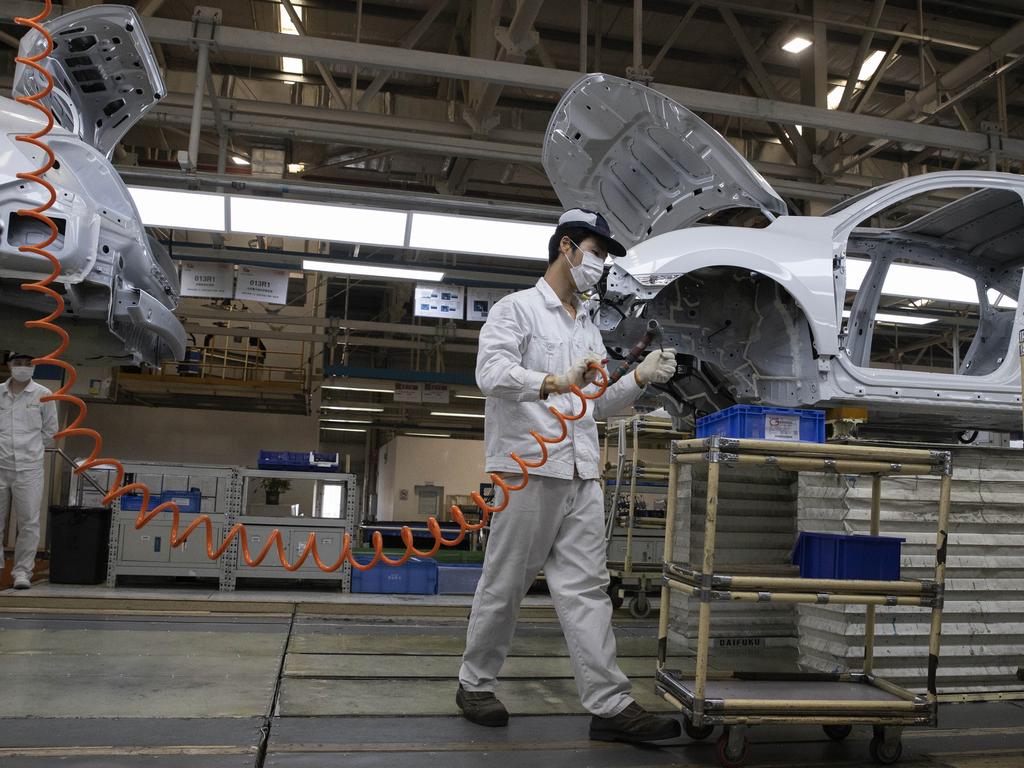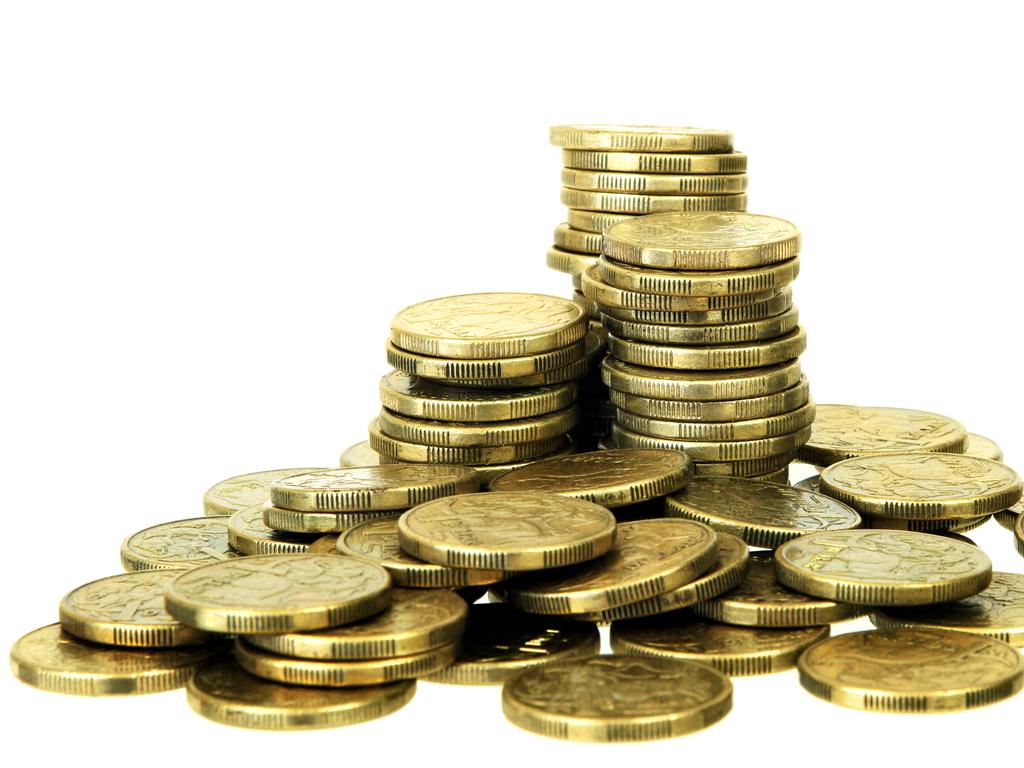Market optimism misplaced amid the volatility
Don’t read successful capital raisings as a sign of a market comeback.

When an economy is growing very slowly and asset prices are extremely stretched, not much is required to burst the bubble. COVID-19 represents a serious pin.
What we are now left with is a plethora of concurrent uncertainties.
First there’s the pandemic itself, and getting on top of the virus is the first step.
False dawns are likely. We may see countries relax the lockdowns before re-implementing them.
As my colleague Tim Kelley noted this week, while improved testing, tracking and treating should see us move progressively closer to normality, even absent a vaccine, full normality could take quite a while.
A return to normal too early risks a second outbreak and another lockdown, as China’s Jia County recently discovered.
Meanwhile, the speed with which the world has come to a crashing halt has seen International Monetary Fund managing director Kristalina Georgieva comment that the crisis will see “the worst economic fallout since the Great Depression”.
Restarting the economy will take time, if only because a population concerned about its health and safety is much more an anchor than one merely concerned about the economy. And as I have previously pointed out, we can’t truly return to normal until we have a vaccine.
But before we talk about recovery, the negative headlines may have not hit their peak.
At the time of writing, Britain has tested 174,000 people and South Korea 444,000; Japan has only tested 40,000 people. If you don’t look, you don’t find. That was America’s problem.
Having tested only 40 people per day through January, and 92 per day in February, the US is now uncovering 50 per cent infection rates in New York alone, a woefully underprepared health system and a painful dependence on China thanks to globalisation.
And as I’ve already mentioned, at least one Chinese county is back in lockdown — if you can believe China’s numbers.
Even if we get the virus under control, the optimism in the market may turn to dismay when investors appreciate the depth and reality of the resultant economic challenges.
Workers unemployed for extended periods suffer from a reduction in the relevance of their skills. Uncertainty surrounding employment and income prospects discourages spending, as does the plunge in savings. Dependence on welfare rises and supply chains are damaged.
The US jobless queue has grown beyond 16 million people in the last three weeks — far above even the most pessimistic forecasts and unprecedented in history — while underscoring the damage already done to the US economy. And keep in mind these are numbers from a period before the worst of the crisis had impacted the US economy.
In that context it is easy to see why the trillions spent through fiscal support programs are just that, support programs. They aren’t stimulatory.
Trillions in GDP are being lost every month. The positive economic impact of a few trillion in stimulus is debatable. The misplaced optimism in markets due to the stimulus, less so.
Elsewhere, with interest rates at virtually zero, many European governments are able to borrow as much as they want to navigate the crisis.
But Italy’s 10-year bonds now trade at a yield of 150 basis points — 200 basis points higher than German funds. Consequently, geopolitical fissures are emerging in the European Union. In normal circumstances fears of a rupturing of the EU would put markets in a spin. But in the current circumstances, a collapse of the EU is just another ingredient the market has no capacity to taste or appreciate.
Back in the US, many are quickly realising how dependent the nation is on China. When the majority of inputs for everything from antibiotics to electronics come from China — a country now considered notorious for obfuscation, IP theft and revisionism — a rethink of the very globalisation that made China the power it is today is likely.
Here at home, economists are expecting a neat 3.5-4 per cent economic contraction. Perhaps they haven’t chatted to the Minerals Council of Australia, which warned miners might cut production by half or cease operations altogether if state borders remain closed, blocking labour from travelling.
Meanwhile, expect a conga line of equity-destroying capital raisings and cost cutting. Flight Centre raising $700m and jettisoning 50 per cent of its 1600 stores, and Auckland Airports raising $1.2bn, is just the tip of the iceberg.
In fact, for as long as fund managers continue to fund these capital raisings there is probably still too much optimism for the market to bottom.
Roger Montgomery is founder and chief investment officer of the Montgomery Fund.







We are regularly seeing bursts of optimism in the sharemarket. The question is whether such optimism is warranted.